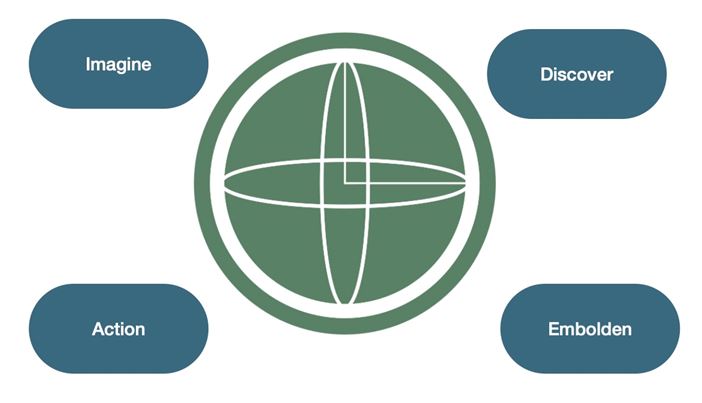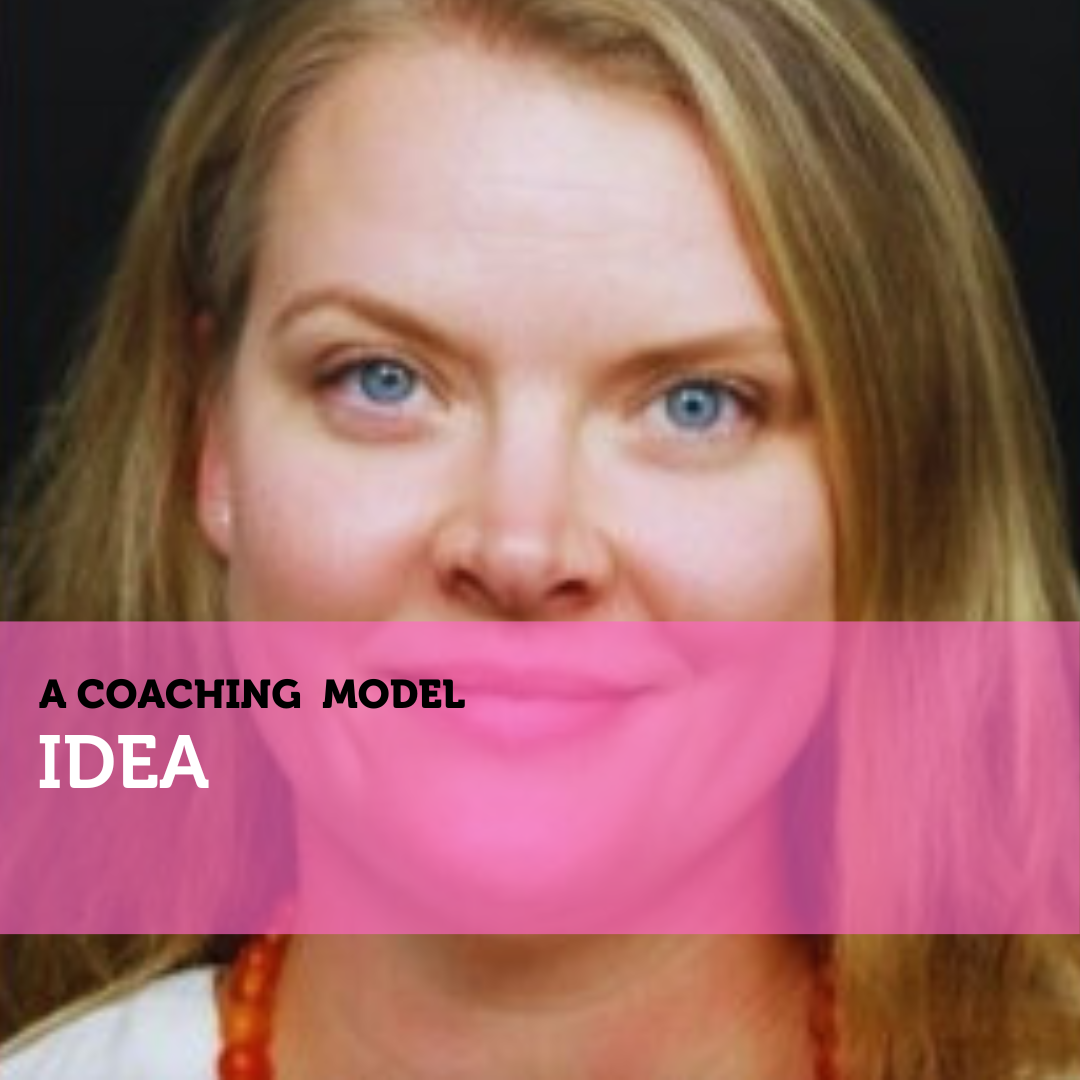A Coaching Model By Andrea Gosselink, Career Coach, AUSTRALIA
For Professionals Who Are at a Crossroads: The IDEA Career Coaching Model
Many individuals are looking for something different with it comes to their careers. According to Gartner, 65% of employees are rethinking the place work should have in their lives (2022) and LinkedIn Global Talent Trends Report states 60% more APAC LinkedIn members changed jobs in 2021 compared to the same period in 2019.
The IDEA Career Coaching Model is for professionals who are at a crossroads and want to design their ideal career path. The career path they desire may look like the typical vertical career ladder, or perhaps they are not sure if the career ladder is the right path for them. They may want to explore alternative paths such as making a horizontal move, self-employment, taking a career break, or perhaps finding a path that leads towards better harmony between a successful career and life. The IDEA Career Coaching Model will help clients who feel like they are ready for something new but are hesitant to make the leap.
The IDEA Career Coaching Model

The IDEA Career Coaching Model takes clients through four phases. The first three phases encourage exploration where the client is asked to (1) Imagine their ideal career path, (2) Discover what’s holding them back and surface the strengths they possess that might assist them on this journey, (3) the client will explore how to overcome barriers and build confidence to Embolden them to move forward, and (4) in the final step, the client is invited to map out an Action plan that will move them toward their desire career path. While this is described as a linear flow, the actual path will look different for each client. It may also require the coach and client to move back and forth through the phases. For example, perhaps the client discovers they want to start a business, but they find themselves stuck after taking a few actions. It may be helpful to circle back and “Discover” what is holding them back and what they need to move forward again. These phases will be explored in greater detail below.
Imagine
In this phase, the client is invited to imagine their ideal career path. It may be along a certain profession, or perhaps they may want something that integrates better in their life. The main thing here is that it is the career path they desire. At this stage, a client may not even know what their desired path is-they may only know that they desire something different. To help them imagine that ideal state, it may be helpful to explore their values, what is important to them, what they enjoy doing, etc. To help the client solidify what reaching the ideal state will mean for them, they may be asked to imagine the benefits of being able to go down this path, the risks of not pursuing this dream, and to articulate why this is important for them.
Discover
Once the client identifies what may be their ideal path, further exploration occurs to understand the current situation and what has been holding them back from moving in this direction. This is where underlying and perhaps limiting beliefs may surface. In this phase, it may also be helpful for the client to explore their strengths, where they get energized, and what they can leverage to bring them closer to their desired path.
Embolden
In this third phase, the gap between the current situation and the ideal career is examined. Here it may be helpful to look at the gap and ask the client what may be causing it, what obstacles can they identify, and what they could do to overcome those barriers. If underlying or limiting beliefs were identified earlier, this is a good phase to see how to overcome these. Further, it may be helpful to examine what they can leverage to move them closer to their path. These may be actions or recognition of past successes. A change of perspective may be what the client needs to embolden them to move to take action, so it is important to examine what has become clearer or what new learning or awareness has surfaced for the client.
Action
Lastly, if the client desires to move forward, they will be invited to discuss which actions they want to commit to, how they want to hold themselves accountable, and what support they can leverage at this stage.
The IDEA Career Model
This model can help clients who want to explore what’s next for them in their careers. It allows them to explore different options, identify how to leverage their strengths, remove blockers, and develop a plan that moves them toward the path they desire.
Learn How to Create Your Own Coaching Model
Your Coaching Model reflects your values,
philosophies, and beliefs and must communicate who you will coach
and the problems you will solve. Read more about creating your coaching model
References
Gartner for HR: Top 5 Priorities for HR Leaders in 2023 (2022)
LinkedIn Global Talent Trends 2022
